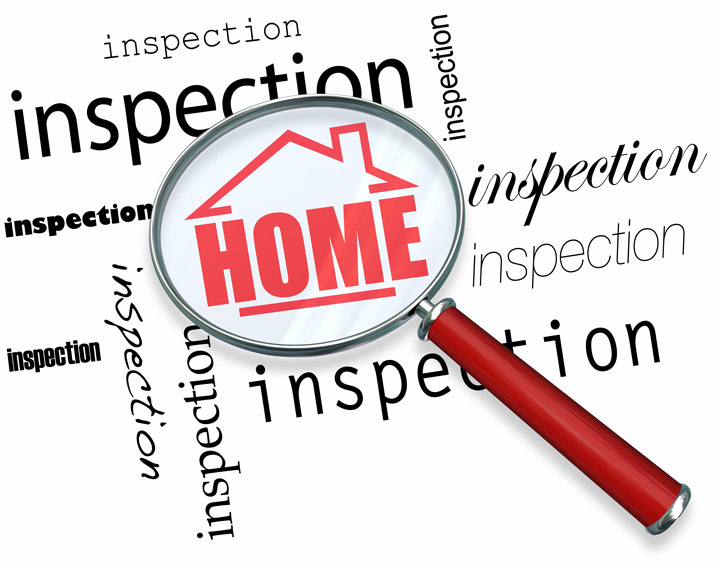
Understanding AppraisalsA home purchase can be the most significant financial decision some people may ever make. It doesn't matter if where you raise your family, an additional vacation home or one of many rentals, the purchase of real property is an involved transaction that requires multiple people working in concert to make it all happen. It's likely you are familiar with the parties having a role in the transaction. The real estate agent is the most familiar entity in the transaction. Next, the lender provides the money necessary to finance the exchange. The title company ensures that all aspects of the transaction are completed and that a clear title transfers from the seller to the buyer. So, who's responsible for making sure the value of the real estate is consistent with the purchase price? In comes the appraiser. We provide an unbiased estimate of what a buyer might expect to pay - or a seller receive - for a property, where both buyer and seller are informed parties. A licensed, certified, professional appraiser from Mark Schofield Appraisal Services will ensure, you as an interested party, are informed. Inspecting the subject propertyOur first responsibility at Mark Schofield Appraisal Services is to inspect the property to determine its true status. We must see aspects of the property hands on, such as the number of bedrooms and bathrooms, the location, amenities, etc., to ensure they indeed are there and are in the shape a reasonable buyer would expect them to be. To ensure the stated size of the property is accurate and illustrate the layout of the house, the inspection often entails creating a sketch of the floorplan. Most importantly, the appraiser identifies any obvious features - or defects - that would have an impact on the value of the house. Next, after the inspection, an appraiser uses two or three approaches to determining the value of real property: a paired sales analysis, a replacement cost calculation, and an income approach when rental properties are prevalent. 
Replacement Cost (new construction)This is where the appraiser gathers information on local building costs, labor rates and other factors to ascertain how much it would cost to construct a property similar to the one being appraised. This figure commonly sets the upper limit on what a property would sell for. The cost approach is also the least used predictor of value. 
Sales ComparisonAppraisers can tell you a lot about the neighborhoods in which they work. They thoroughly understand the value of specific features to the homeowners of that area. Then, the appraiser looks up recent transactions in the neighborhood and finds properties which are 'comparable' to the real estate being appraised. Using knowledge of the value of certain items such as upgraded appliances, extra bathrooms, additional living area, quality of construction, lot size, we add or subtract from each comparable's sales price so that they are more accurately in line with the features of subject property.
An opinion of what the subject might sell for can only be determined once all differences between the comps and the subject have been evaluated. When it comes to valuing features of homes in St Johns and Saint Johns, Mark Schofield Appraisal Services is second to none. The sales comparison approach to value is most often awarded the most weight when an appraisal is for a real estate sale. Valuation Using the Income ApproachIn the case of income producing properties - rental houses for example - we may use a third approach to value. In this case, the amount of revenue the real estate produces is factored in with other rents in the area for comparable properties to derive the current value. Coming Up With The Final ValueAnalyzing the data from all applicable approaches, the appraiser is then ready to state an estimated market value for the property in question. The estimate of value on the appraisal report is not always the final sales price even though it is likely the best indication of what a property is worth. Depending on the individual situations of the buyer or seller, their level of urgency or a buyer's desire for that exact property, the closing price of a home can always be driven up or down.Regardless, the appraised value is often used as a guideline for lenders who don't want to loan a buyer more money than the property is actually worth. Here's what it all boils down to, an appraiser from Mark Schofield Appraisal Services will help you discover the most fair and balanced property value, so you can make the most informed real estate decisions. |